How To Make Broth with Scraps
Vegetable broth is a comforting as chicken soup on a cold winter day, and making your own from scraps you’ve collected is easy, healthy, cost-effective, and reduces food waste. Here’s how.
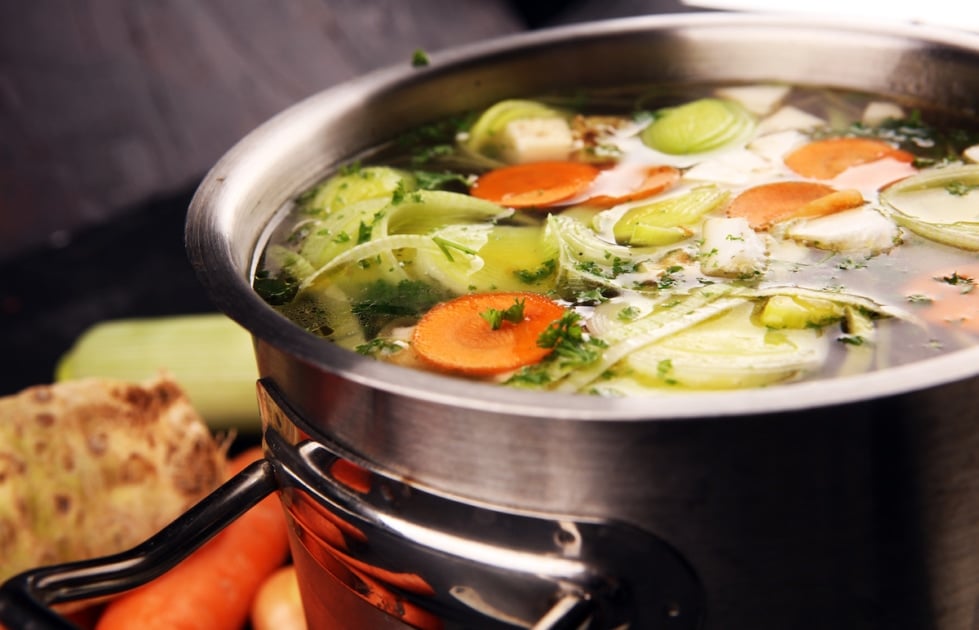
Vegetable broth is as comforting as chicken soup on a cold winter day, and making your own from scraps you’ve collected is easy, healthy, cost-effective, and reduces food waste. Here’s how.
As we navigate through flu and cold season, preparing your own broth serves as an excellent kitchen hack to boost immunity and alleviate symptoms. With a bit of planning and some freezer space, the “Ugly Bag” of broth will undoubtedly become a delightful addition to your culinary skills. Despite its unappetizing appearance, this simple bag of kitchen scraps offers more than meets the eye.
No matter how much you cook, it’s common to generate some produce waste. Fortunately, those carrot peels, garlic skins, and onion ends can serve a more appetizing purpose than merely occupying space in your trash or compost bin. In fact, some of the most nutritious and flavorful components of your vegetables reside in these scraps. Instead of discarding them, transform your vegetable scraps into a delicious, nutritious broth.
What is an “ugly Broth Bag?”
The term, coined by RuralSprout refers to a zip top bag that hangs out in your freezer. Every time you have a leftover vegetable trimmings, place them in the bag, zip it up, and store it back in the freezer until you fill it up. When your ugly bag is filled, it’s time to make broth.
Start by taking two one-gallon zip-top freezer storage bags. (Double bag for added protection–no one wants a spill.) You can also use the reusable, stand-up silicone zip bags. Whenever you cook with vegetables, pull out the bag and toss the leftovers in.
Vegetables that have been hanging out in your crisper drawer or counter for too long and are past their prime can also be added to your bag. Limp or less than fresh vegetables are good to use, however save the rotten ones for the compost – no one wants to sip of rotten onions.
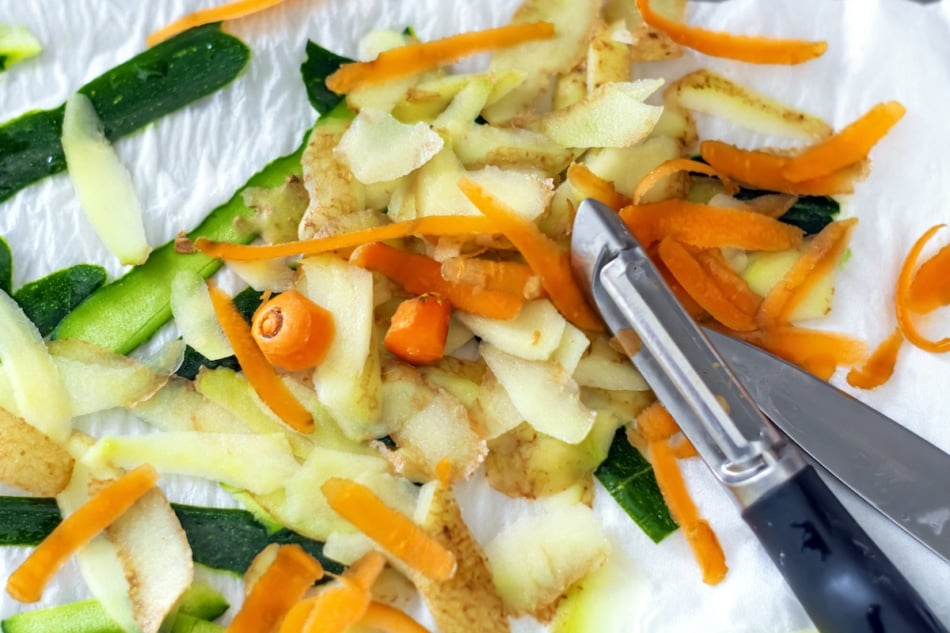
Best Vegetables Scraps for Broth
What vegetables can you toss into your bag? While your ugly bag of broth is a smorgasbord of healthy, but unwanted goodness, not everything can get tossed into your broth. The most common additions are:
- Onions – skins and leftovers
- Garlic – skins and leftover
- Carrots – peels and whole
- Celery tops and bottoms
- Mushroom stems
- Leeks
- Scallion tops
- Tomatoes
- Turnip Peels
- Herb Stems
Be sure your vegetables are free of rot and dirt. You can get creative and test out new flavors by adding various vegetables, some are generally omitted. Cruciferous veggies, such as broccoli and cauliflower can make your broth bitter (and a bit gassy). Bitter and tender greens, as well as peppers, can overwhelm the flavor of your stock. Potatoes also tend to soak up flavor, rather than release it, and can make your broth cloudy.
How To use Your Scraps
When your Ugly broth bag is filled, grab it from the freezer and dump it in a stockpot. Add enough water to cover the frozen vegetables plus an inch or two. Season with herbs, garlic, bay leaf, and salt and pepper to give your broth an extra pop of flavor.
Cover and bring to a simmer. Let simmer uncovered on the stove for at least an hour or more depending on how dark you want your broth. You can also throw it in your slow cooker, set on low, and let it simmer all day.
Strain the liquid through a fine mesh strainer, taste and season with salt and pepper as needed. Pour into an airtight container and store in the refrigerator for two to three days or in the freezer.
Use your flavorful stock as a base for a soup, sauce, rice, a liquid medium for a braise, or just simply warm and sip plain.
Don’t toss the bag unless there are holes in it. The goal here is to make less wasted. Simply place the used bag back in the freezer and fill it back up.
Turning kitchen scraps into a stock is not only cost effective, but it is also nutritious. Considering how easy the broth bag technique is, the added benefits make it a no-brainer.

Natalie LaVolpe
Natalie LaVolpe is a freelance writer and former special education teacher. She is dedicated to healthy living through body and mind. She currently resides on Long Island, New York, with her husband, children, and dog.



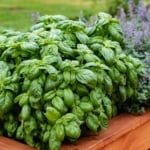
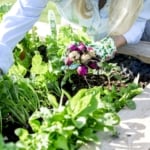
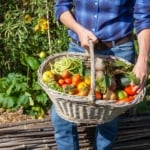






A simple way to avoid buying those awful salt-filled veggie bouillon cubes (the first ingredient is actually salt!) and to use veggie scraps that otherwise would have ended up directly in the compost pile or garbage. The broth is rich and full of taste and healthy because I know exactly what’s in it.
It’s nearly impossible to clean vegs before peeling, so the peel contains lot of sand, soil or just plain dirt. I wonder why anyone wants to make a broth out of it.
i use veggie brush or chore boy golden fleece
Thank you for these awesome ideas, I was just tossing the “old baby carrots or limp celery. Now into the freezer they go!
In separate plastic bags I save vegetable scraps, chicken bones and scraps, shrimp shells, lobster shells with cooking water. When I have enough (usually very full four 1 gallon bags to make a big batch add water to cover) To the chicken I add 1 teaspoon white vinegar to help break down the bones. I pressure can all the stocks usually 1 pint jars, lot of work but well worth it !!
After the broth cools I use it to fill up ice cube trays and once frozen weigh one or 10 and label the package how many make 8 oz. Super easy way to store and then add broth when needed. Some trays with three rows across are somewhat smaller than trays with only two rows across.
The recipe for making vegetable broth is a real-time saver, and I use it with the veggies available in my kitchen. However, I use ghee here. I use ghee to improve the broth’s creamy feel and add a unique flavor. Try it. You will love the taste.
Hi Sofia! Thank you for your suggestion.
This is a super idea. Absolutely love it. I am going to start saving my veggie scraps as of now.
Hi CJ,
Thanks for sharing! We thought it was a great idea too. Let us know how it works out!